Sign up for The Wild
We’ll help you find the best places to hike, bike and run, as well as the perfect silent spots for meditation and yoga.
You may occasionally receive promotional content from the Los Angeles Times.
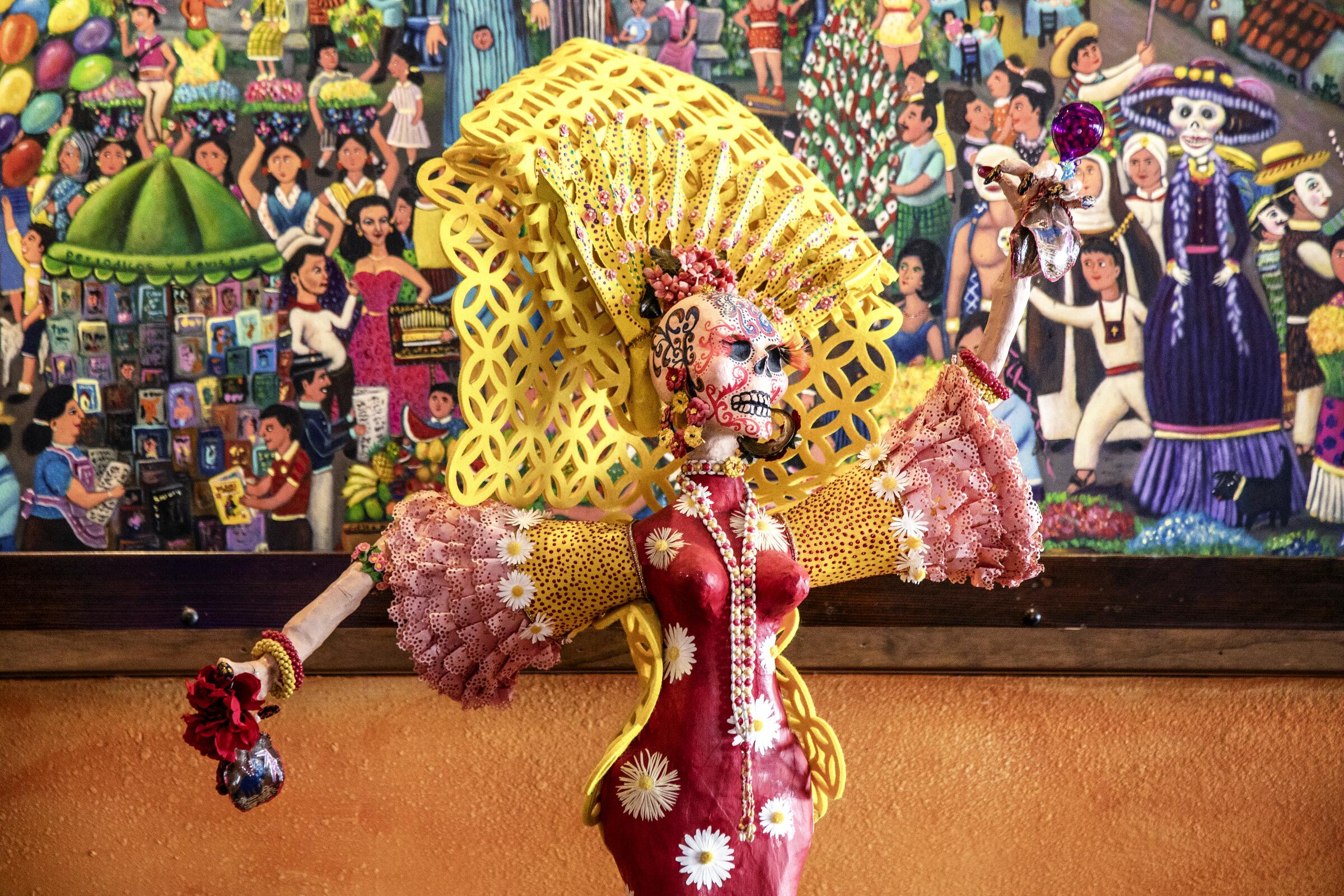
For many who celebrate Día de los Muertos, or Day of the Dead, this year’s celebration is especially painful. In Mexico, where the coronavirus has claimed more than 90,000 lives, many of the celebrations held to mark the country’s signature holiday have been halted in the face of the pandemic.
It’s a bittersweet holiday to remember those who have passed. Adherents honor the deceased by creating elaborate altars in their honor. Candles, flowers, food and drink are in abundance, and the mood can be as celebratory as it is mournful.
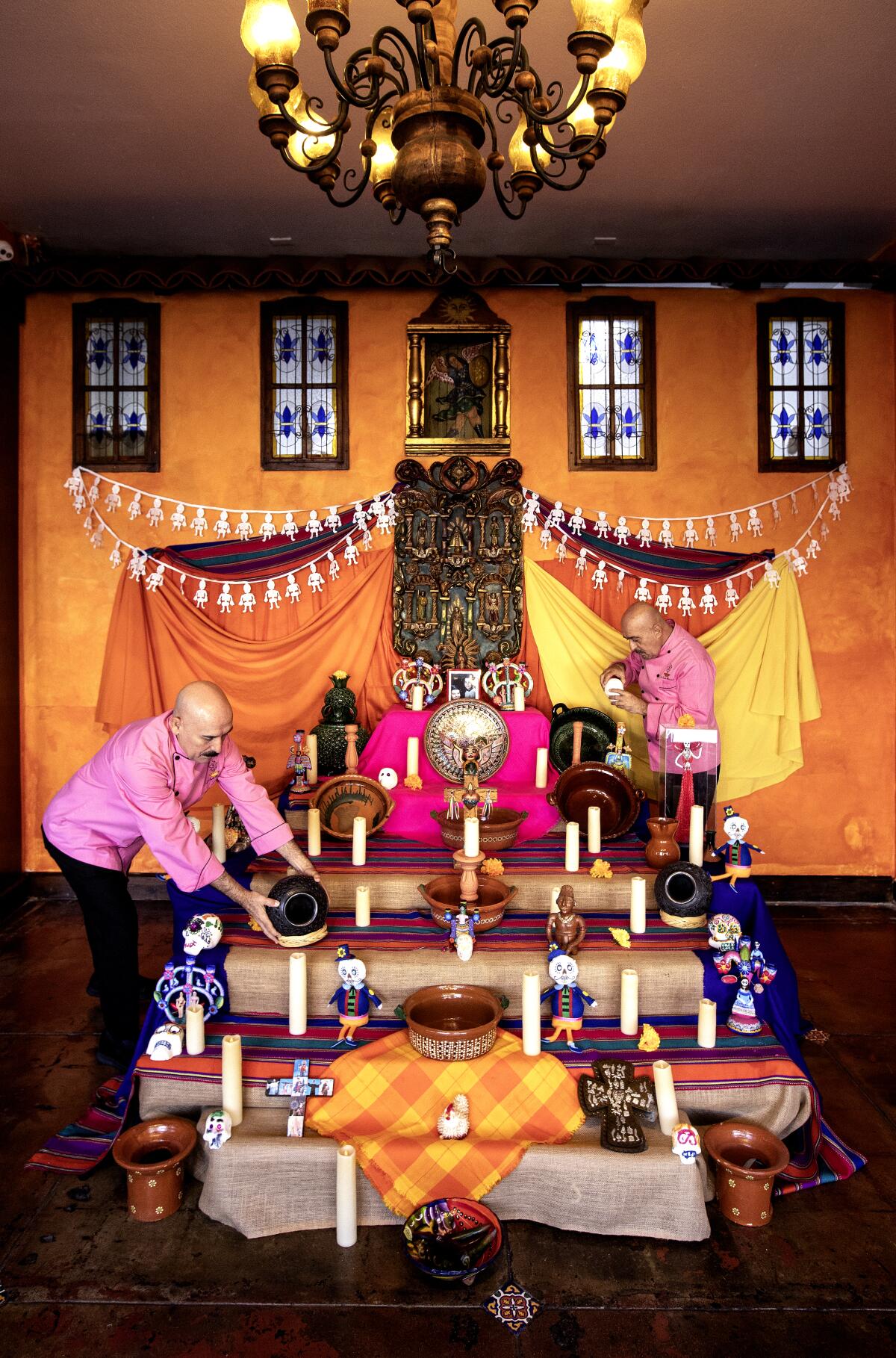
Many Latinx lifestyle brands in Los Angeles are inspired by cultural identity. They are also largely female. Did we miss your favorite? Let us know.
Here in Los Angeles, we stopped in at the beloved restaurant La Casita Mexicana in Bell to marvel at the Día de los Muertos altar erected in their dining room. It is a showcase to the exquisitely detailed work of Los Angeles artist Luis Villanueva.
Angelenos are observing Día de Muertos during a global pandemic that has devastated Latino communities everywhere. Here is how the city is honoring its victims.
And this year, there is a particularly poignant death being remembered.
Visitors to the restaurant can see the altar on their way to an outdoor patio, set up so that diners can safely eat during the pandemic.
Welcome to our comprehensive gift guide for the 2020 holiday season.
Here’s what restaurant manager George Bejarano told us about the new display:
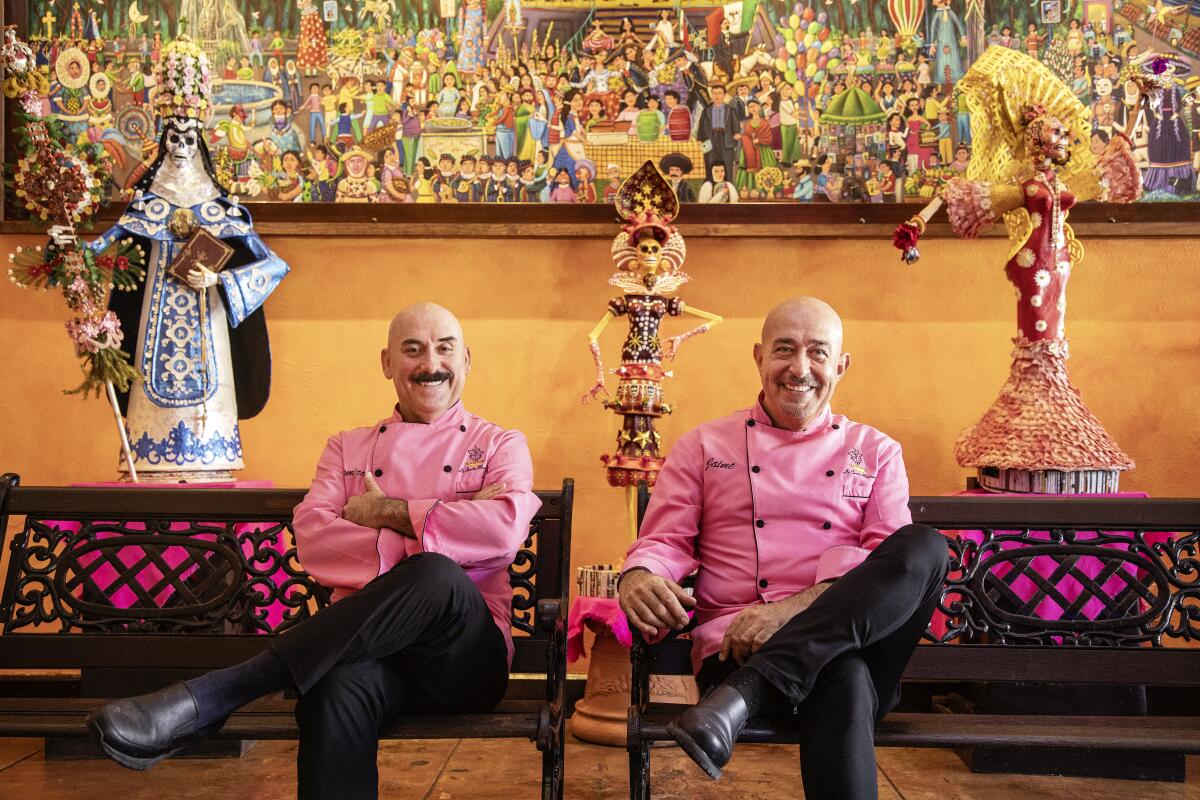
The restaurant’s chef owners Ramiro Arvizu and Jaime Martin del Campo erect a Day of the Dead altar each year, but always do things a little differently.
Check out made in L.A. art, jewelry, accessories, and products to delight Southern California enthusiasts this 2020 holiday season.
This year, the chefs asked Villanueva to help set the stage: He’s known for his use of recycled materials in his work, and also for his lavish representations of La Catrina, one of the most recognizable figures associated with Day of the Dead: A willowly female skeleton, seen with elaborate hats and veils.
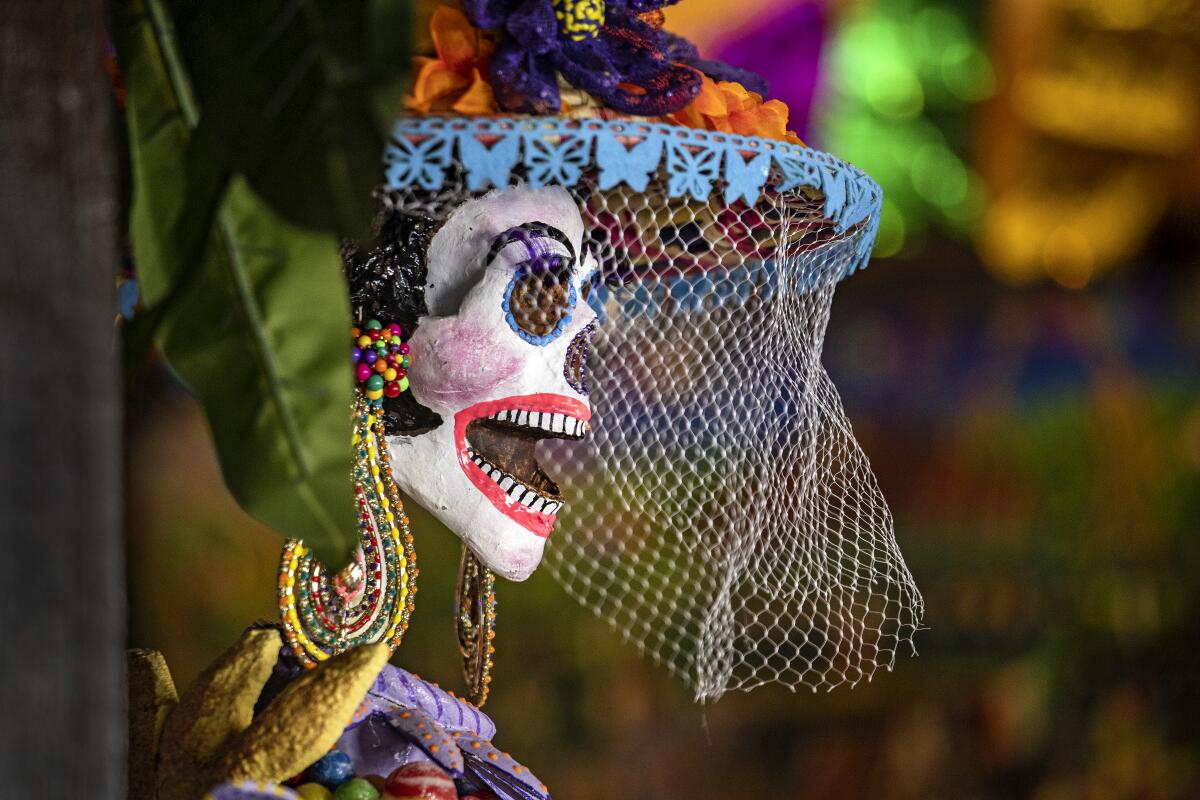
“His work is lively; it’s not gothic or dark, but colorful and cheerful,” Bejarano said of the artist.
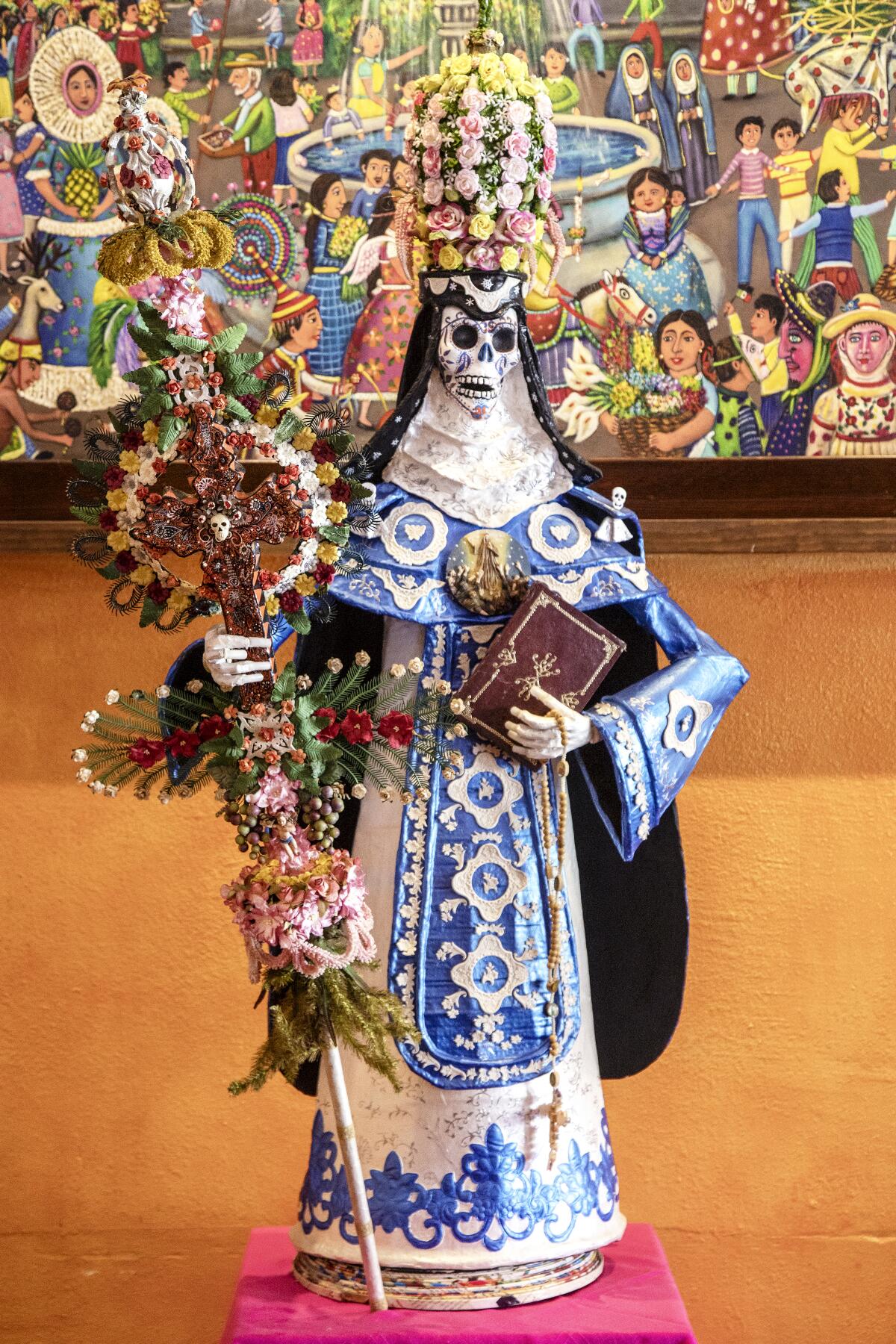
Bejarano said the restaurant, like many others, has struggled during the pandemic, and customers are happy to see it open and maintaining its popular Day of the Dead tradition.
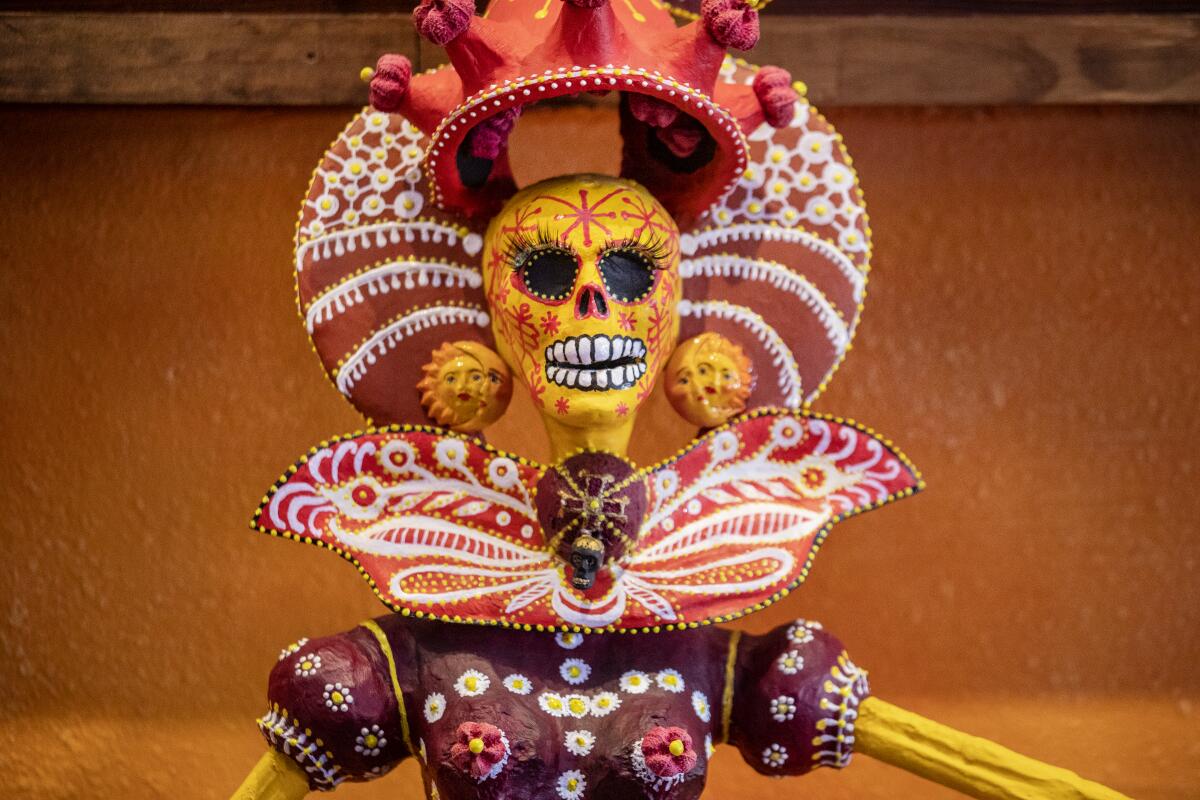
“It’s been sad; many restaurants are closed, but many customers are grateful for us keeping up and surviving,” Bejarano said.
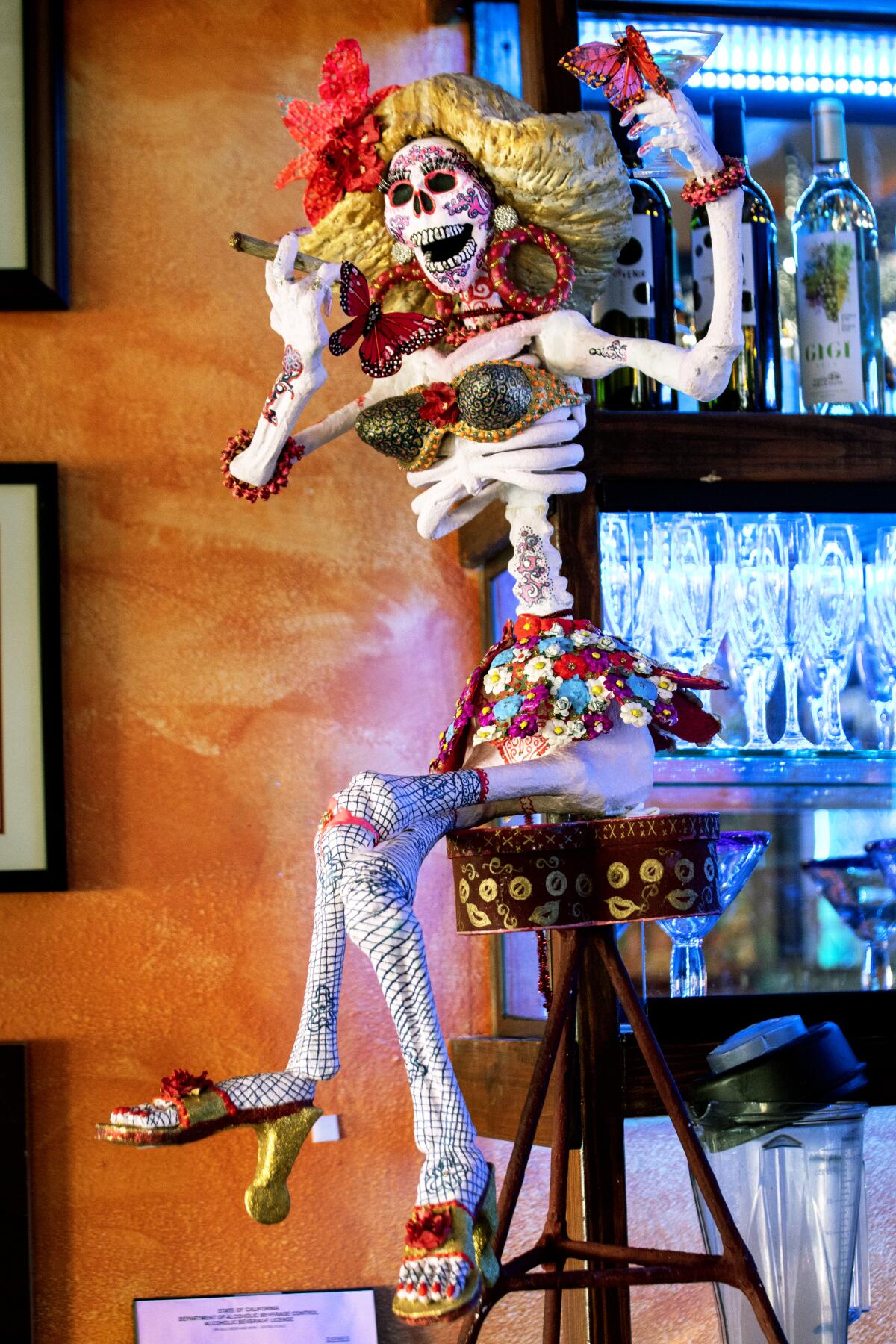
Customers (and their Instagram feeds) are enjoying the colorful displays alongside the enchiladas, chile rellenos, and 40-something-ingredient moles that the restaurant is known for.
La Casita Mexicana has made repeated appearances on The Times’ list of the 101 best restaurants in town, hailed for shifting the conversation about Mexican cooking in Los Angeles beyond tacos and combo platters and into haute cuisine territory.
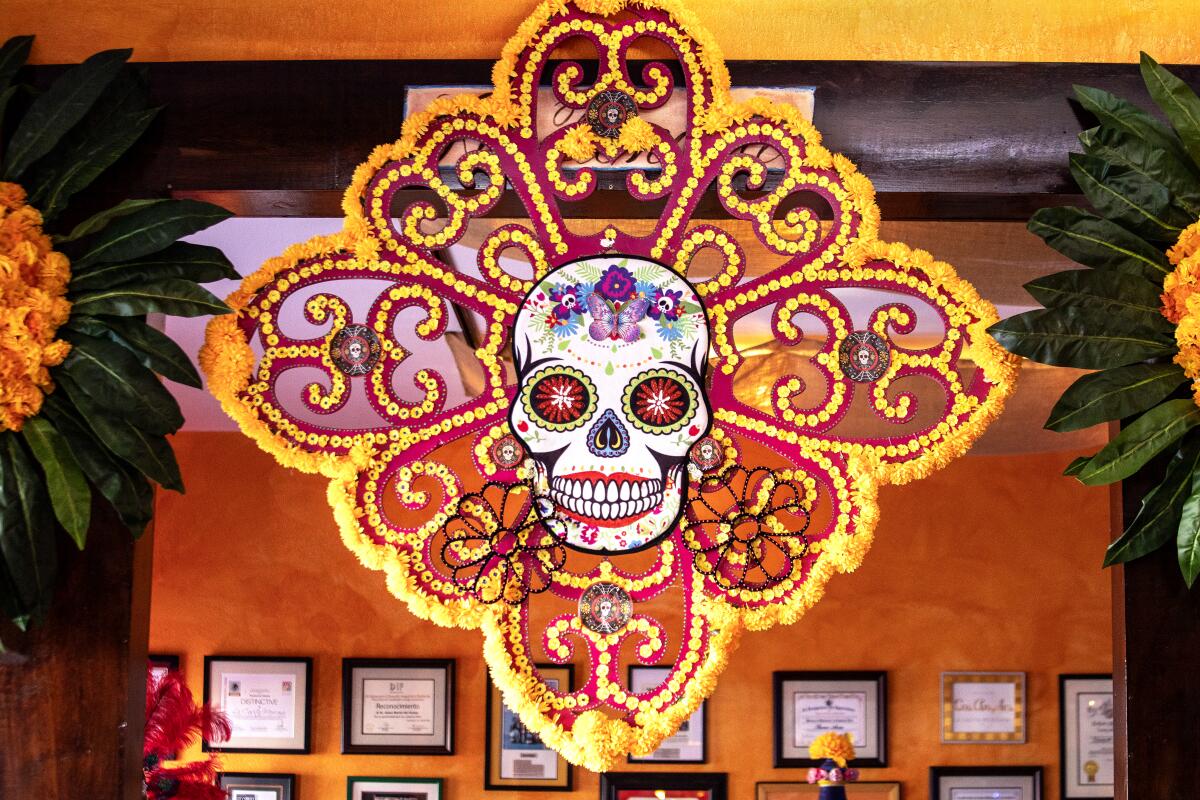
He said Day of the Dead is increasingly being embraced by many who are new to the tradition because “it’s a way of remembering, in a happy way,” those who have passed.
But this year, the altar has a particularly poignant tale to tell about loss: One of those being remembered is Chef Jaime Martin del Campo’s young nephew, Mauricio Olivares.
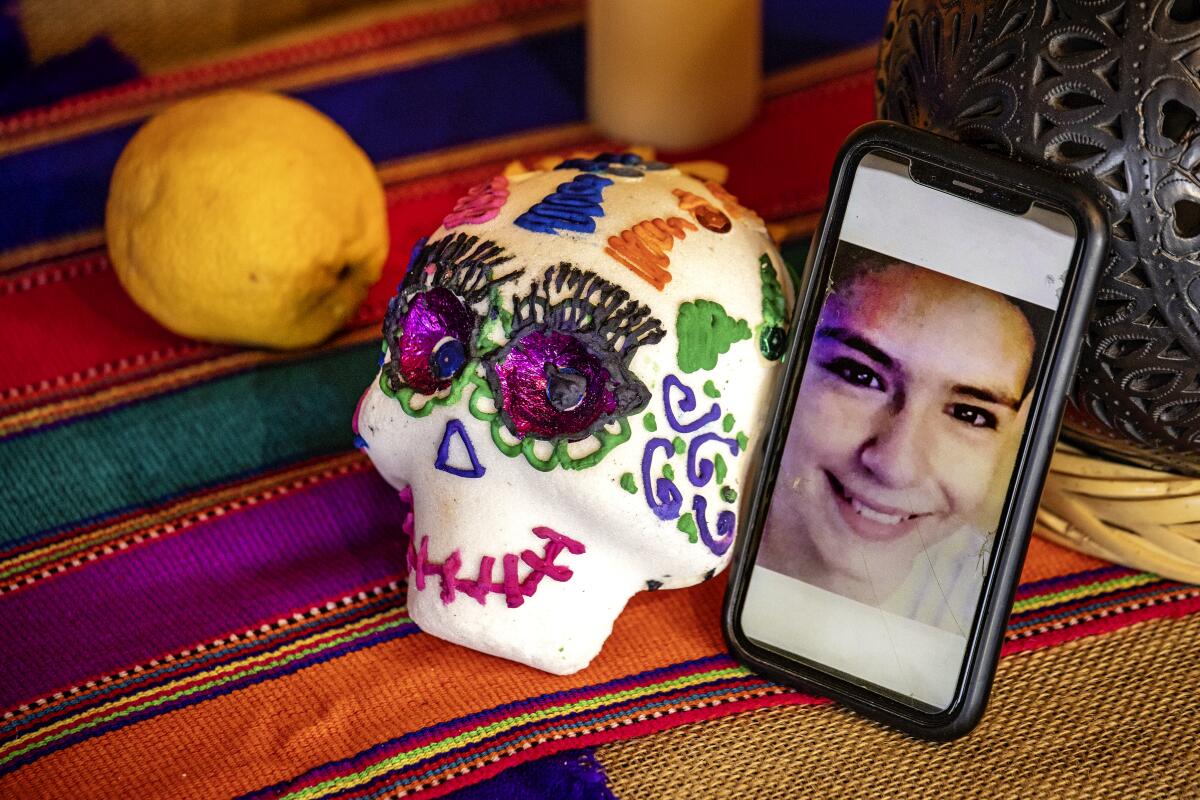
The teenager died in Mexico not that long ago. He had just turned 14, and had suffered a broken hip and other injuries after falling from a rooftop in a freak accident, Bejarano said. The teen did not survive a surgery to repair his injuries, he said.
He was such a young boy, Bejarano said, and like a son to his chef uncle.
In particular, the first day of Día de los Muertos is dedicated to children and youngsters like Mauricio, who died far too young.
The decorations will be up through Nov. 8 and open to the public to pay their respects, and honor their own losses, Bejarano said.
Sign up for The Wild
We’ll help you find the best places to hike, bike and run, as well as the perfect silent spots for meditation and yoga.
You may occasionally receive promotional content from the Los Angeles Times.